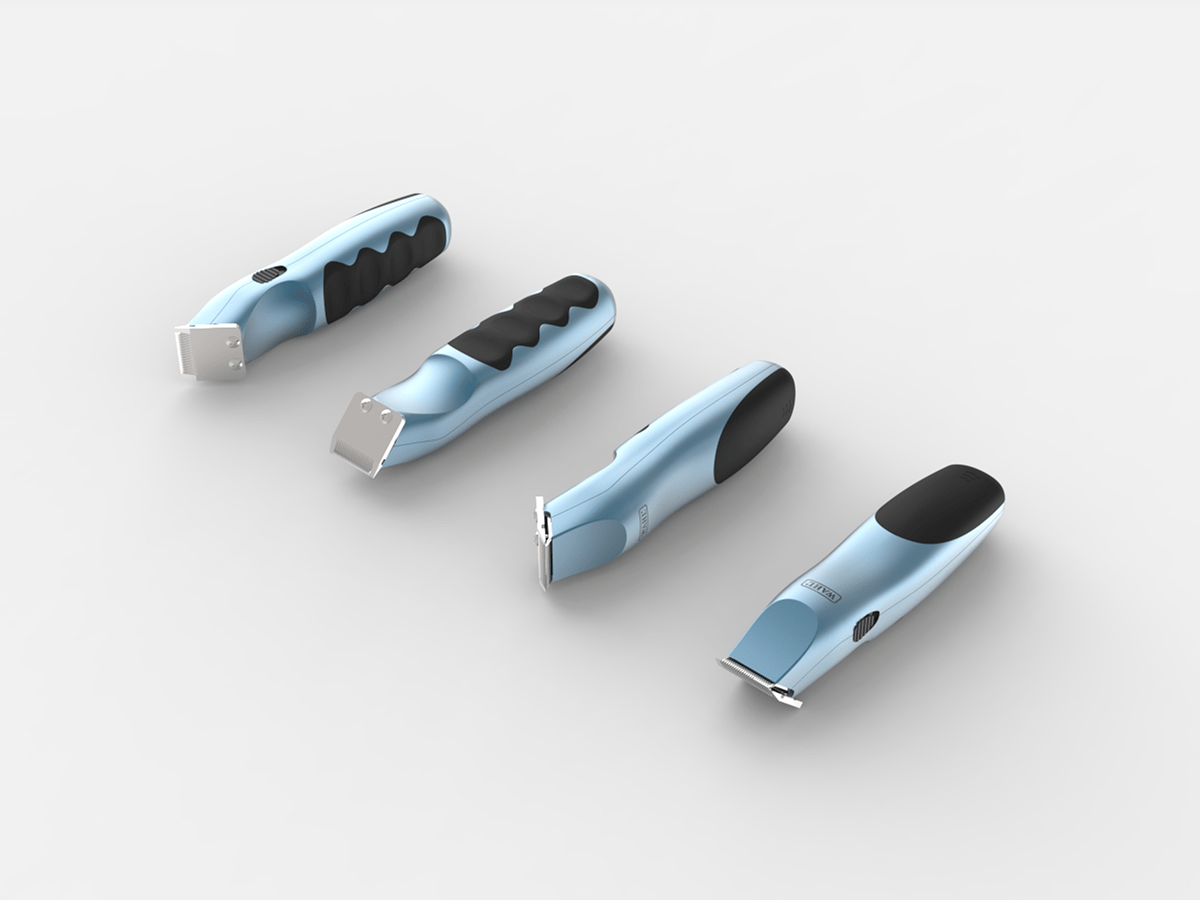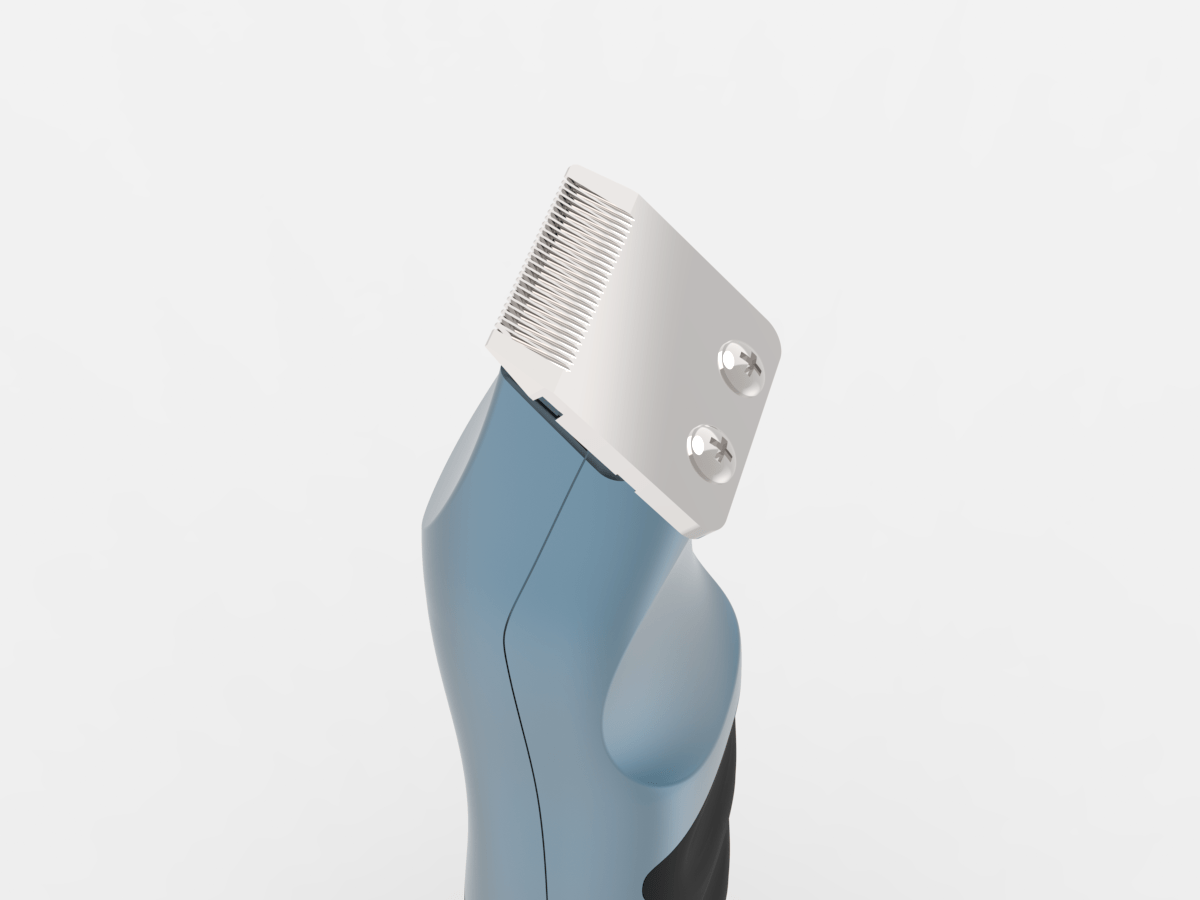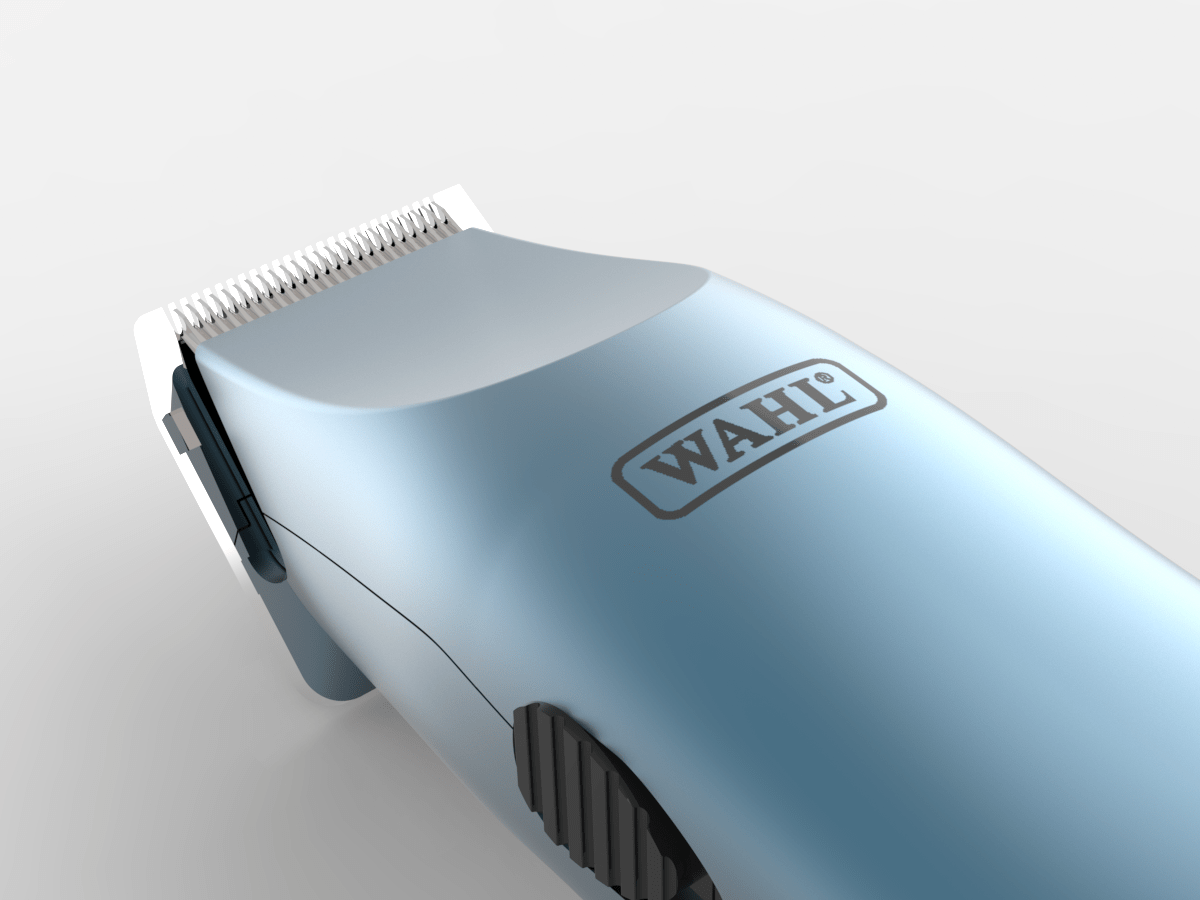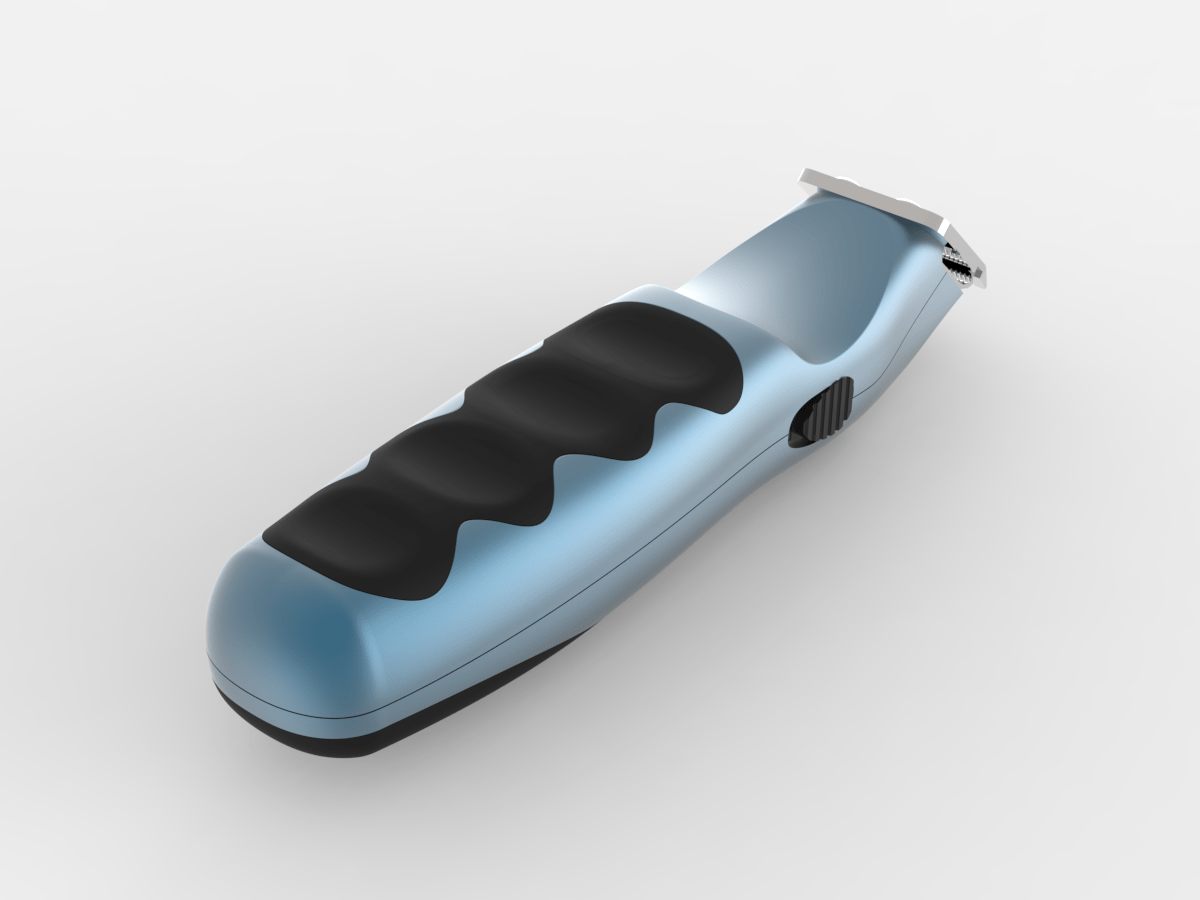
Oliver Buckland
Hi, I'm Ollie.
I enjoy transforming ideas into reality, turning concepts into tangible products that showcase creativity and innovation.
Please feel free to get in touch!

Hi, I'm Ollie.
I enjoy transforming ideas into reality, turning concepts into tangible products that showcase creativity and innovation.
Please feel free to get in touch!
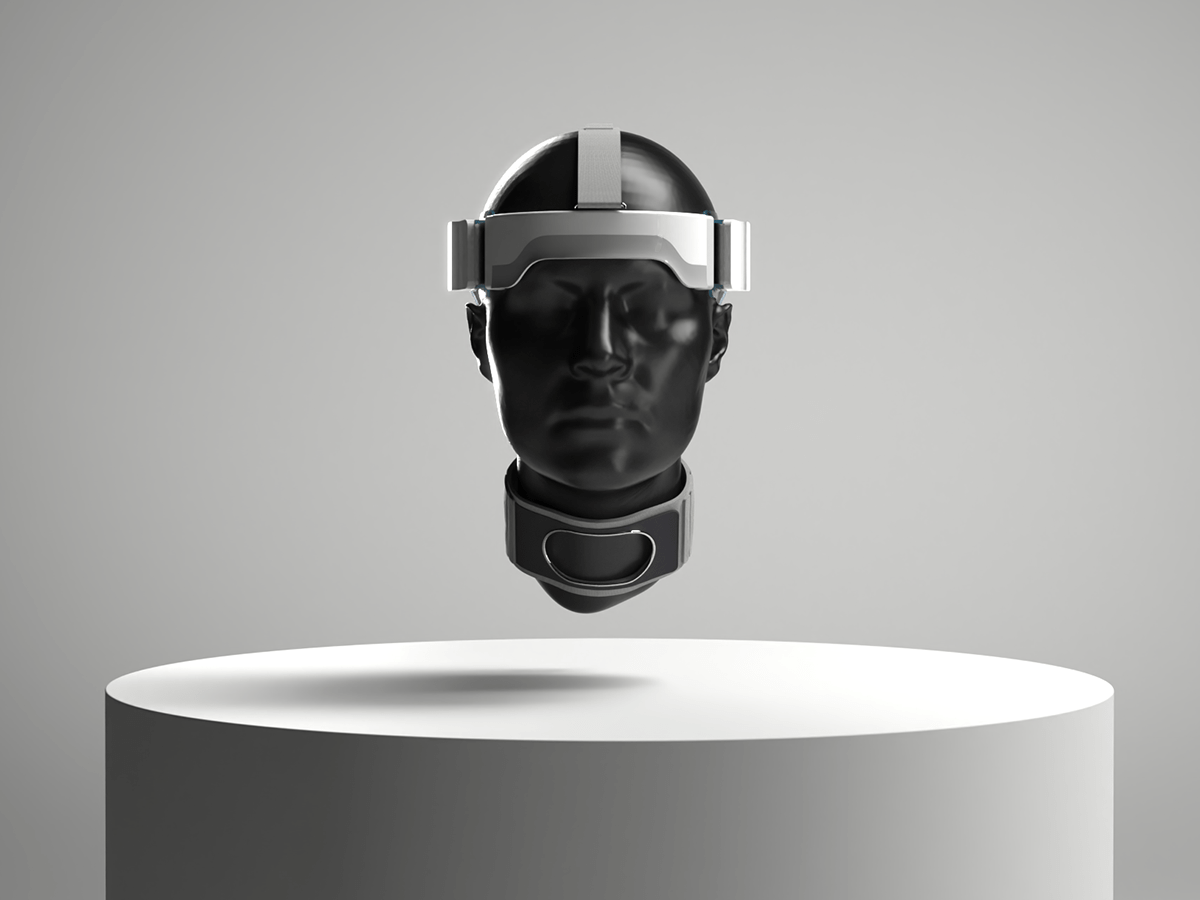
Final Year Design Project
In today’s changing climate, we are being increasingly challenged by the world we live in. Accidents linked to hyperthermia and other heat-related illnesses are steadily rising year on year. It is important that our medical professionals can rise to the occasion when it matters most. The HYPOLAR rapid cooling system provides a new look at medical cooling to assist with the toughest scenarios imaginable.

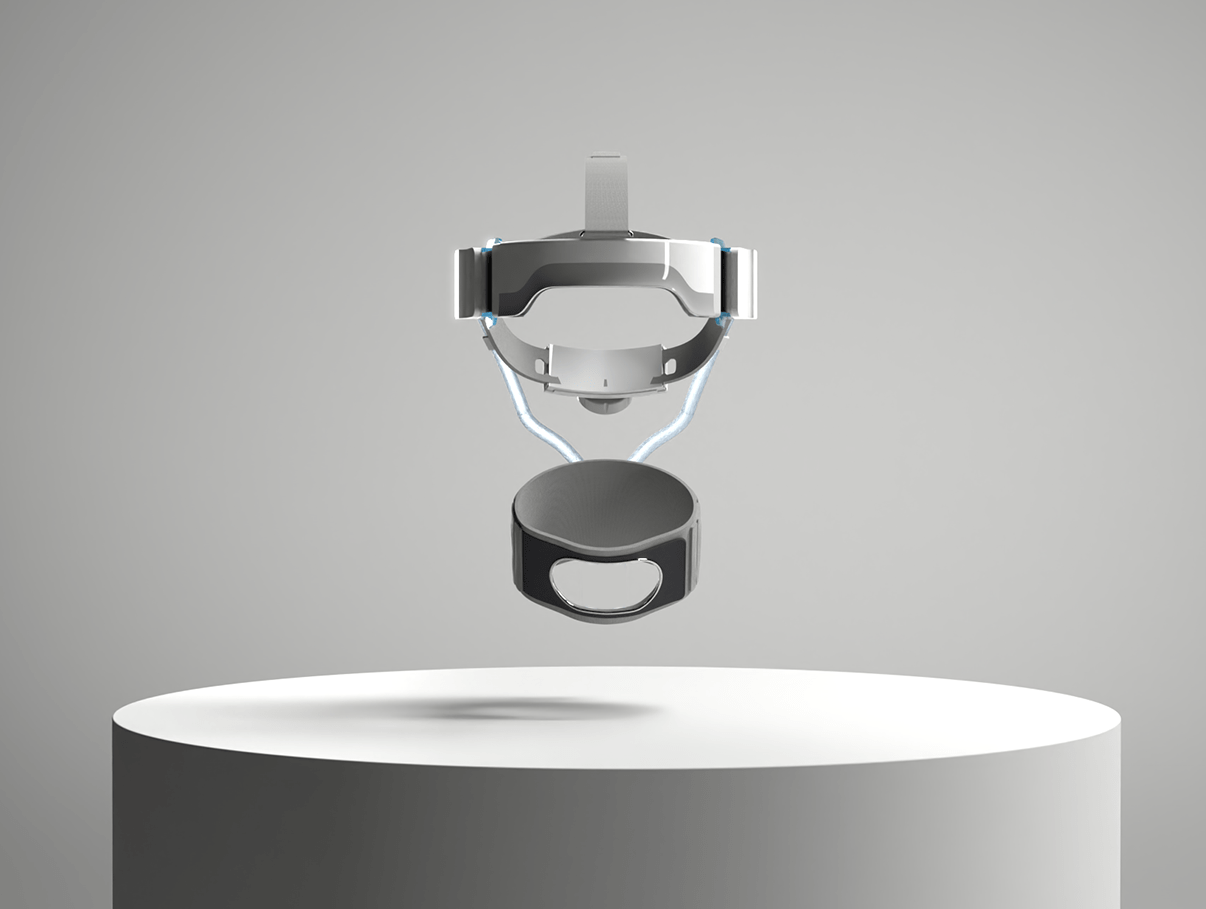
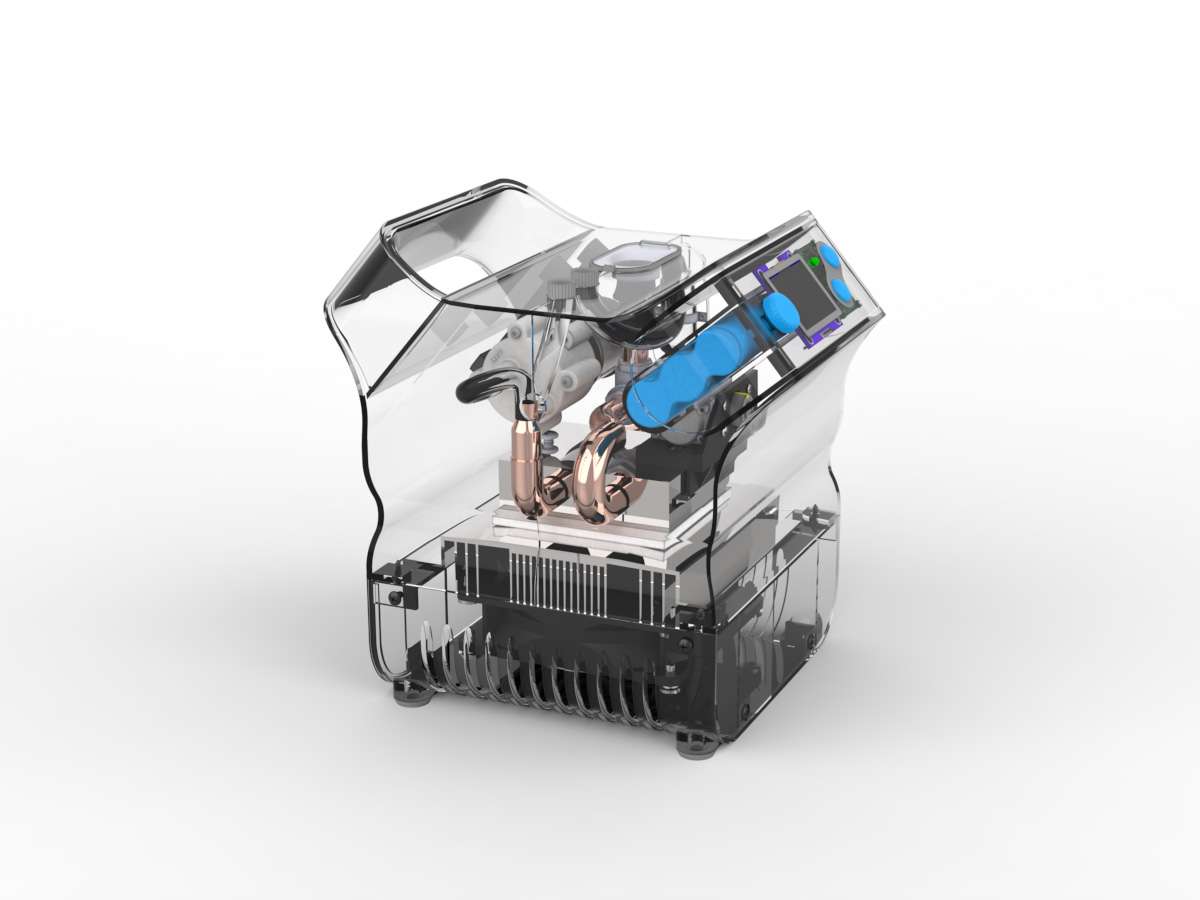

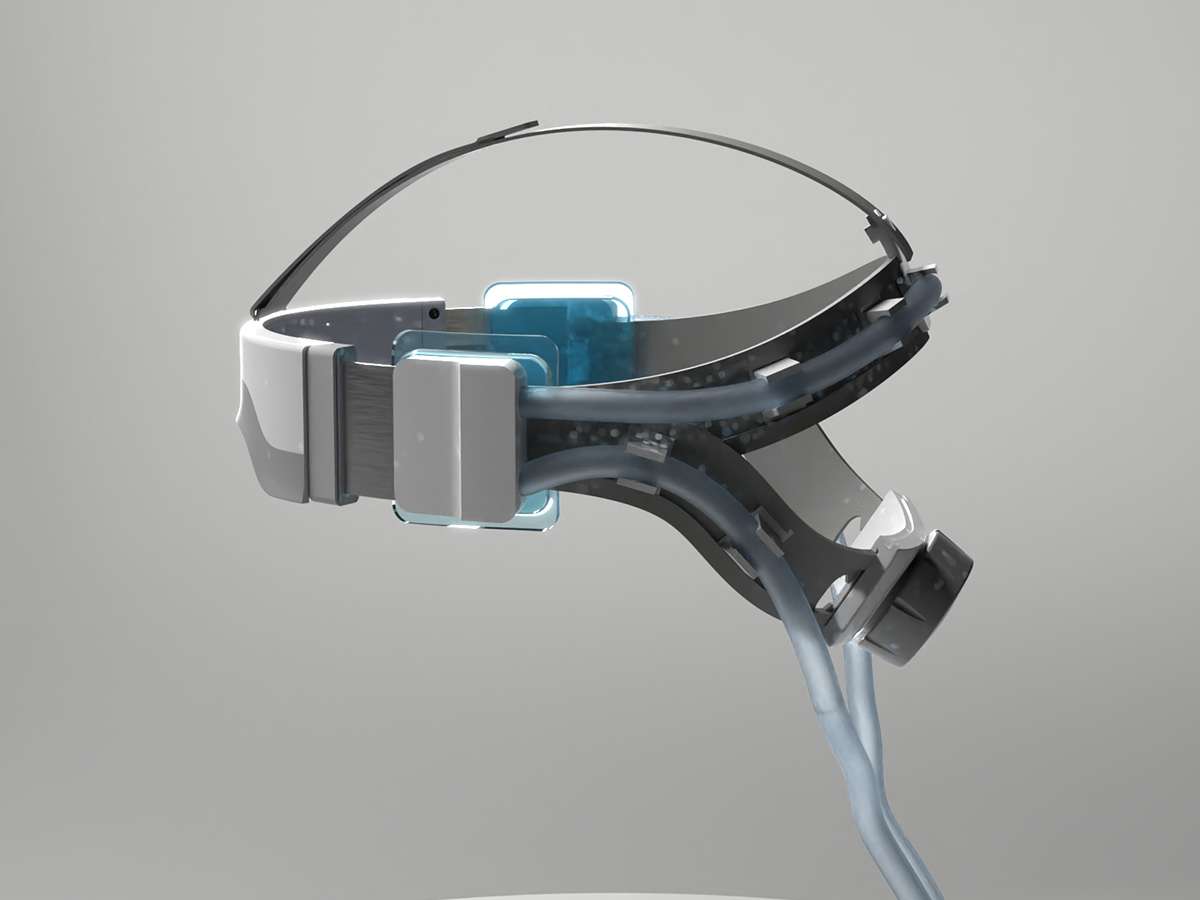
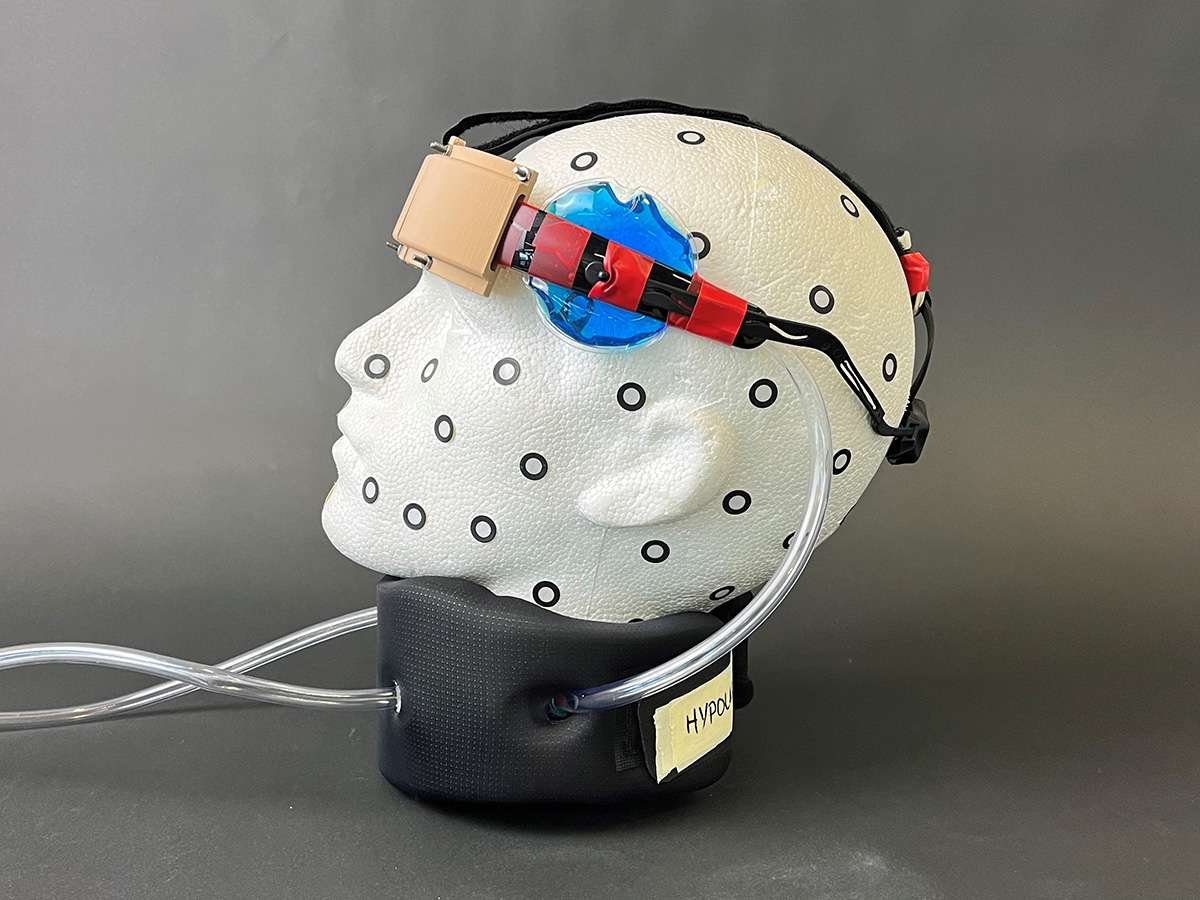
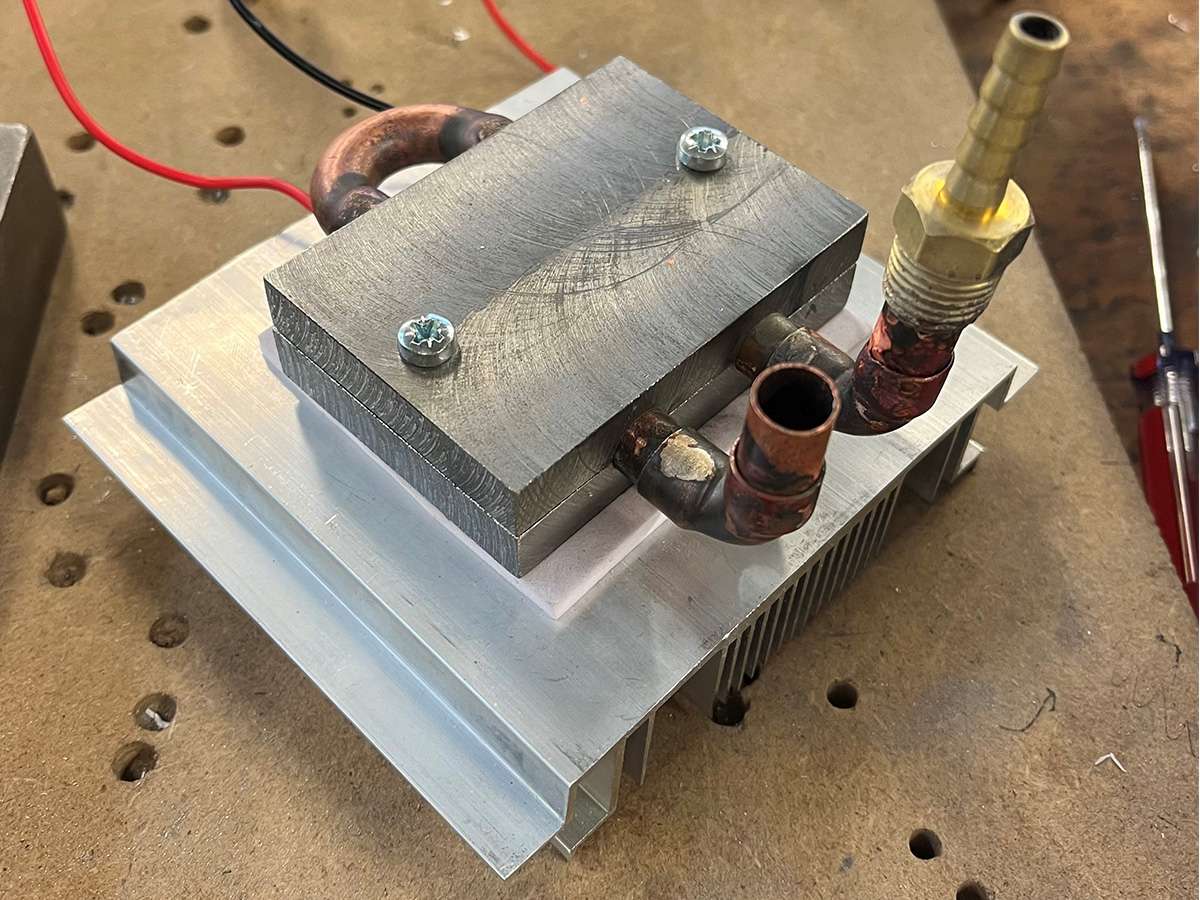
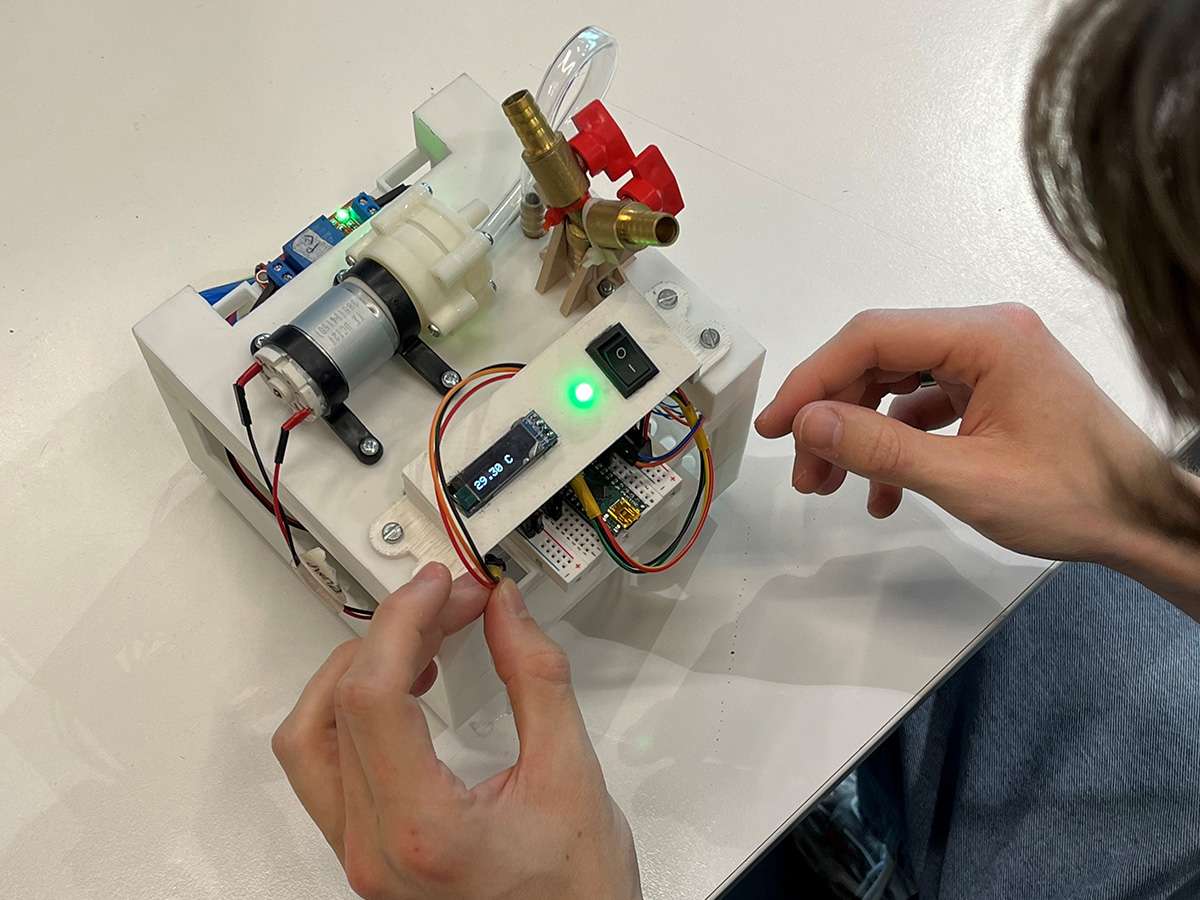
Optional Module
Tasked with using NURBS surfacing techniques to create a real world product, I chose the WAHL Groomsman razor. This product was chosen due to its complex details, including the styled head section and the handhold. As a first time delving into the world of surface modelling, it was rewarding to learn a valuable new skill and produce a high-quality CAD model.
